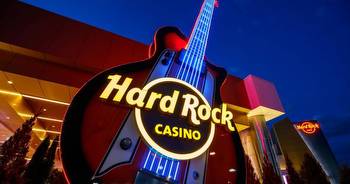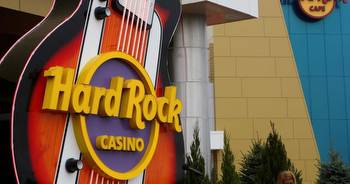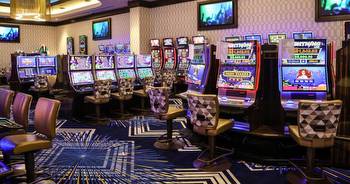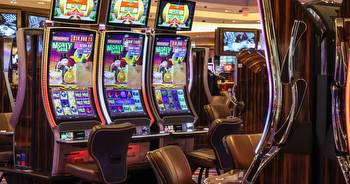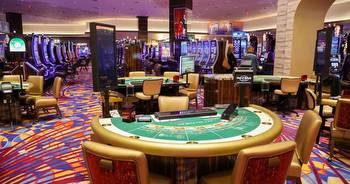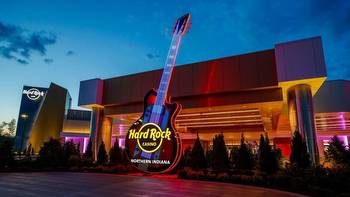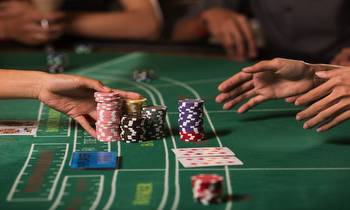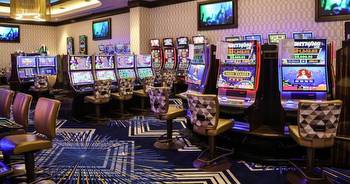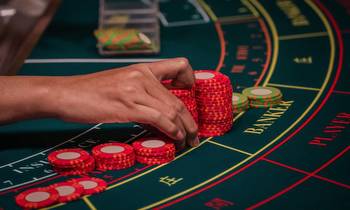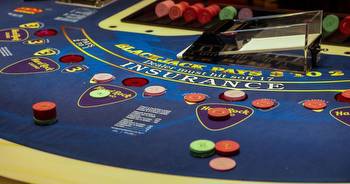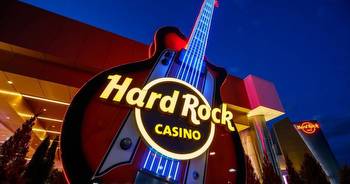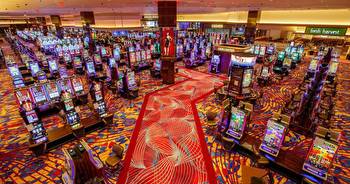Indiana casino revenue drops 8% to $212M in May for a 2nd consecutive month

The Indiana Gaming Commission announced on Friday thatrevenue from Indiana’s casinos fell for a second consecutive month in May, as inflation reaches a new four-decade high. The data released by the Commission shows that statewide casino revenue,after successful bettors were paid, totaled $211.9 million for May, an 8% decrease compared with April’s $229.1 million total.
May represents the second consecutive month that revenue declined. It follows April’s win revenue drop of 11% from March’s $235.2 million statewide casino revenue after bettors were paid, as reported by the Associated Press.
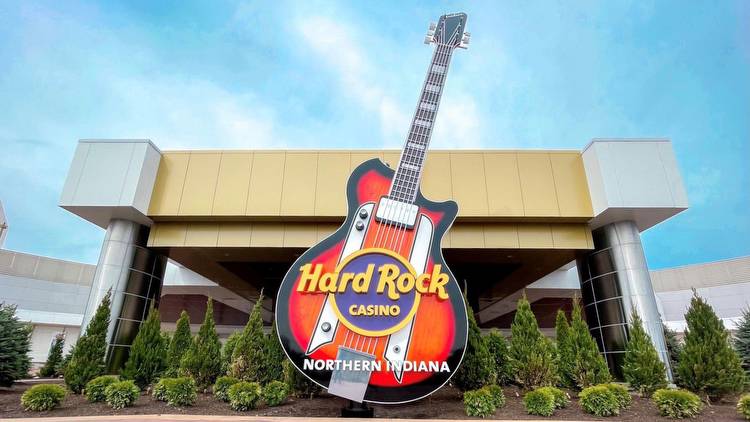
Gaming Commission records show that the Hard Rock Casino Northern Indiana in Gary remained Indiana’s top-earning casino in May with $36.3 million in win after bettors were paid. Its nearest rival, Horseshoe Casino in Hammond, racked up $28.9 million in casino win.
The May win at both casinos was down compared to previous months. Hard Rock’s May figures slid 5% from April and 6% from March. Horseshoe’s win last month declined 9% from April and 16% relative to March, data shows. All 12 casinos reported month-over-month declines to varying degrees.
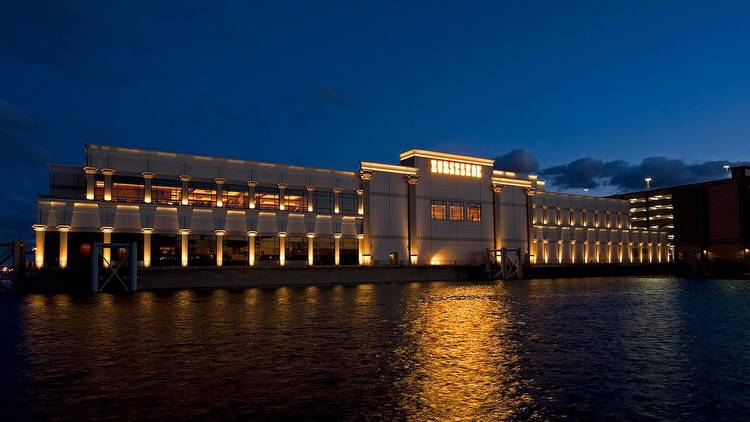
Hard Rock remained the top revenue generator on the back of its slot performance, posting $24.8 million in its Gary property. Horseshoe Indianapolis also posted $24.8 million in slot win, about $90,000 less than Hard Rock. Slot win in the state plunged 7.5% to $172.2 million for the month.
In terms of table games, Hard Rock Northern Indiana posted $11.5 million in win for the month, far surpassing other venues, including Horseshoe Hammond, which posted $6.7 million.
In comparison, Indiana’s casino win grew from $209 million in March 2021 to $211.7 million in April 2021, and grew again to $220.8 million in May 2021, Gaming Commission records show.
This spring’s decline in casino earnings largely tracks with the nation’s soaring inflation rate and the end of various federal COVID-19 relief and economic stimulus programs aimed at shoring up the post-pandemic economy. Furthermore, due to the rising inflation, Indiana residents faced ever-higher prices for gas, food and most other goods.








